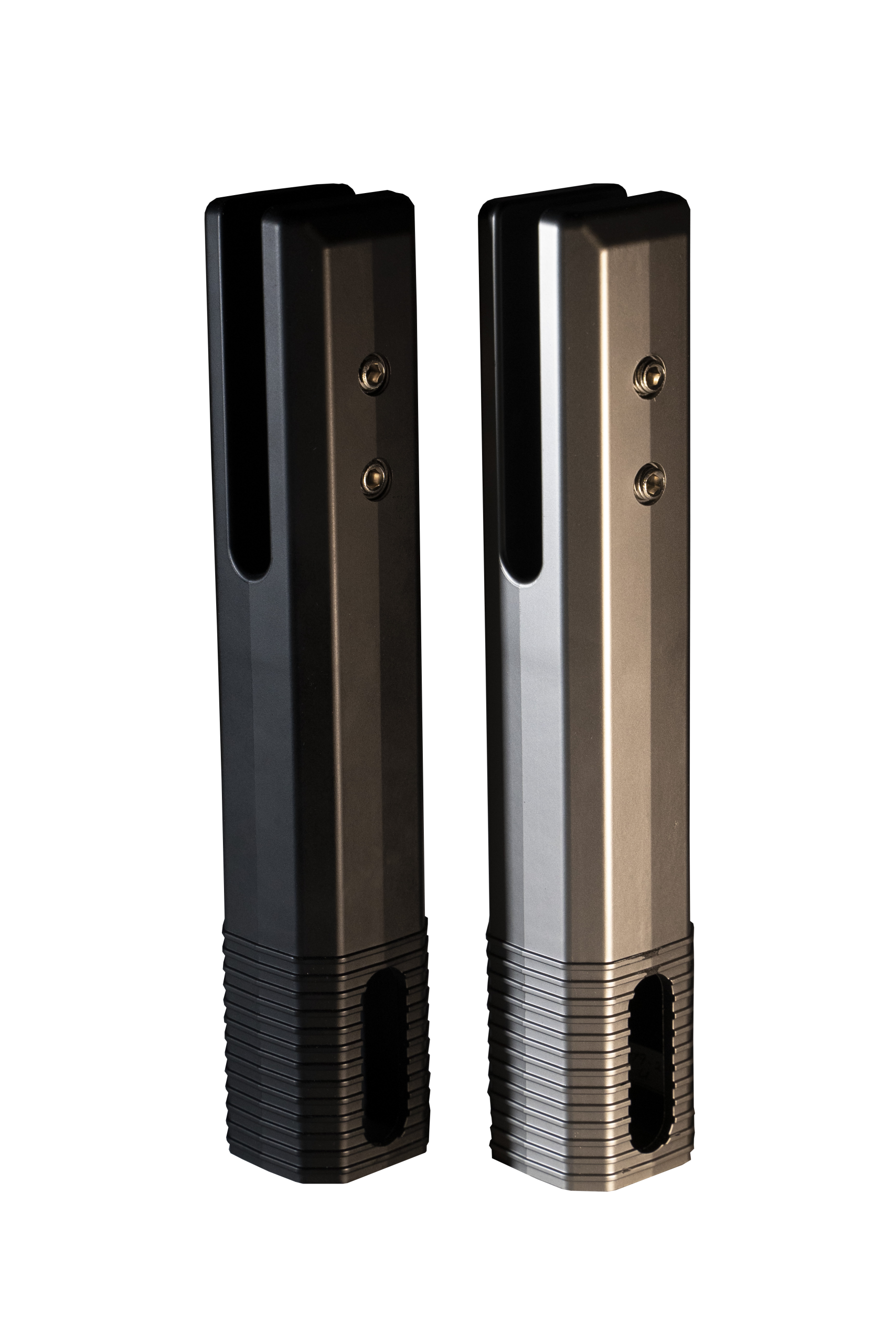
Earthing of Pool Fences – AS3000 Electrical Compliance
Mandatory requirement from 1st January, 2019
Many pool owners are surprised to find that their pool fence may require to be earthed by a licenced electrician.
This regulation exists because there is a possibility that a person standing in the water at the edge of the pool may be electrocuted if there is an electrical current in the pool water and then they touch a metal object such as a metal pool fence or metal spigots.
Electrocution of a person in this situation may lead to cardiac arrest and death or to other situations requiring hospitalisation and many treatments for recovery.
Pool fences and metal structures of any kind which are situated within 1.25 metres of the edge of the pool water may require connection of an equipotential bond (earthing). Equipotential bonding joins together all of the parts in or near the pool, such as the steel reinforcing in the structure of the pool’s concrete shell, any metal fencing or spigots, lights, and handrails.
This will greatly reduce the risk of electric shock in the event of an electrical fault occurring.
The installation of an equipotential bond should only be done by a licenced electrician.
For continuous aluminium or other metal fences the fence only needs to be earthed at one point because the structure is continuously connected together.
With frameless glass pool fences where the glass panels are individually connected to the ground with spigots, it is necessary to earth every spigot by attaching them underfloor by a continuous wired circuit because they are not continuously connected to each other.
This requirement is not always highlighted by a pool fence installer or a pool fence certifier for compliance to the Australian swimming pool safety code AS1926.
If you are considering installing a pool fence then you should contact your Building certifier or your local council for pool fencing requirements and compliance to Electrical code AS3000.
CORRECTION
We have had our patented CFG spigots successfully tested by a qualified electrical testing company for resistance to 1,000 volts current.
In the process however and believing in the correctness of our actions, we had inadvertently printed and advertised that our product was NATA tested.
We now understand that this is not correct because the Charter of NATA does not allow for their logo or reference to be advertised for our product.
We therefore wish to advise that our product has no association with NATA and moving forward we have ceased the printing or advertising of the NATA reference.
Beyond Architectural Pty Ltd
Adam Budai
